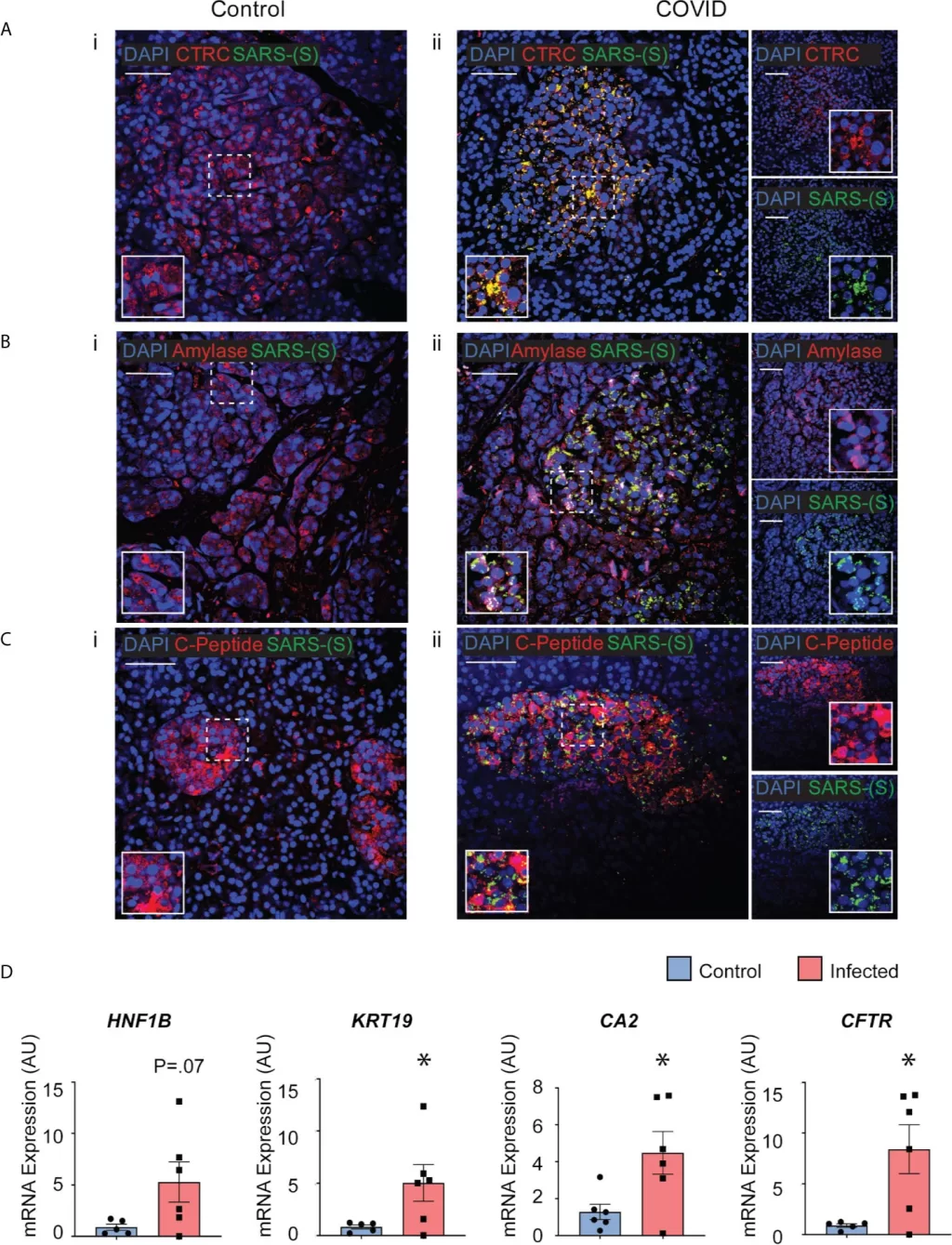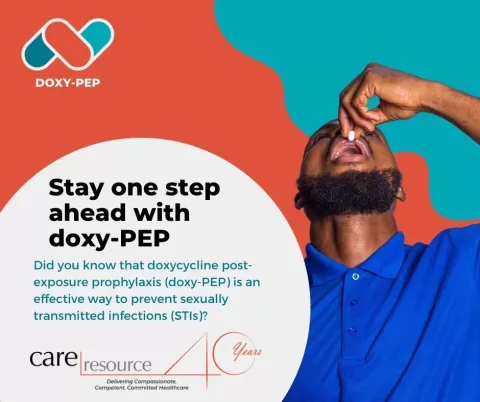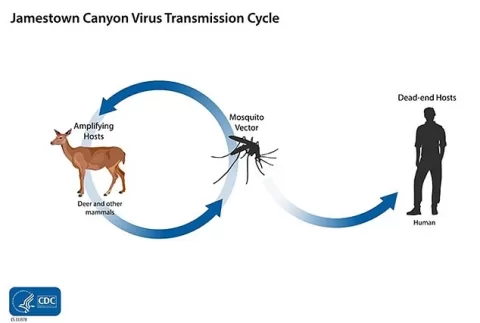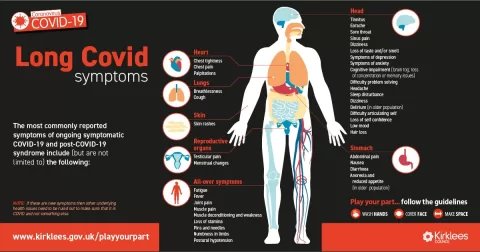SARS-CoV-2 post-mortem infectivity has emerged as a significant concern, especially in the wake of the COVID-19 pandemic. Recent studies highlight that the infectivity of SARS-CoV-2 can remain viable for several days after death, raising critical questions about COVID-19 cadaver safety. This persistence of the virus underscores the necessity for thorough understanding and implementation of biosafety in forensic settings to protect healthcare and forensic professionals. Moreover, the transmission risks associated with handling COVID-19 cadavers can create serious occupational hazards if proper protocols are not respected. As researchers delve into post-mortem viral persistence, the implications of their findings could reshape safety guidelines for managing deceased individuals infected with highly transmissible pathogens.
The term post-mortem viral longevity refers to how long a virus, such as SARS-CoV-2, can remain infectious after an organism’s death. With the ongoing challenges presented by COVID-19, the evaluation of post-mortem infectivity is crucial in developing strategies for safeguarding professionals handling cadavers. Understanding the dynamics of viral survival in dead tissues is essential for addressing the risks associated with transmission of the virus in forensic scenarios. This investigation not only sheds light on the viral decay process but also highlights the importance of stringent cadaver safety measures for mortuary and health care personnel. Ultimately, comprehending these aspects of viral persistence can lead to enhanced guidelines that help mitigate potential exposure and infection risks.
Understanding SARS-CoV-2 Post-Mortem Infectivity
Recent research has illuminated the prolonged post-mortem infectivity of SARS-CoV-2, emphasizing the implications this has for public health and safety. As indicated by the experiments conducted on transgenic mice, the virus can remain infectious for several days after death, particularly under cooler conditions. This persistence raises significant concerns for those handling deceased individuals, as the potential for transmission is markedly higher within the first few days post-mortem, especially in environments that mimic human body temperatures. The data indicates that up to 5 days of viable SARS-CoV-2 could occur when cadavers are stored at room temperature, a critical factor for forensic and health professionals to consider in their safety protocols.
Understanding the dynamics of SARS-CoV-2’s infectivity in post-mortem situations is essential to develop biosafety guidelines to protect mortuary staff and healthcare workers. With the evidence suggesting that the virus remains infectious for prolonged periods, it is crucial for facilities that manage deceased patients to implement rigorous disinfection and handling procedures. Furthermore, the high viral load observed shortly after death significantly escalates the risk of exposure, underlining the need for comprehensive training for personnel in forensic settings. By prioritizing safety measures, we can minimize the risk of transmission and safeguard the health of those working in close proximity to infected cadavers.
Frequently Asked Questions
What is the significance of SARS-CoV-2 post-mortem infectivity in forensic settings?
SARS-CoV-2 post-mortem infectivity is crucial in forensic settings as it highlights the potential risks of transmission from cadavers. The recent study indicated that the virus can remain infectious for more than 7 days at cooler temperatures, underscoring the need for enhanced biosafety protocols to protect forensic and healthcare personnel from exposure.
How long can SARS-CoV-2 persist in cadavers compared to other viruses?
Research shows that SARS-CoV-2 can persist in cadavers for more than 7 days at 4 °C, while other viruses like IAV and RSV have significantly shorter viability periods. This prolonged post-mortem viral persistence for SARS-CoV-2 emphasizes the importance of safety measures when handling deceased individuals infected with COVID-19.
What are the transmission risks associated with COVID-19 cadavers?
Transmission risks associated with COVID-19 cadavers are notably high during the first 72 hours at room temperature and the first 24 hours at 37 °C. Understanding these risks is essential for implementing effective biosafety practices to safeguard those involved in handling such remains.
What factors influence the infectivity of SARS-CoV-2 in post-mortem conditions?
The infectivity of SARS-CoV-2 in post-mortem conditions is influenced by factors such as the temperature of the environment, the type of tissue, and the viral load present prior to death. These elements contribute to distinct post-mortem survival kinetics of the virus.
What measures can be taken to ensure biosafety in forensic settings regarding SARS-CoV-2?
To ensure biosafety in forensic settings regarding SARS-CoV-2, it is recommended to implement enhanced protocols that include proper personal protective equipment, effective disinfection procedures, and strict guidelines for handling cadavers. These measures are essential to mitigate the occupational exposure risks identified in recent studies.
Why is a precise understanding of post-mortem viral persistence important for healthcare professionals?
A precise understanding of post-mortem viral persistence is vital for healthcare professionals to mitigate infection risks. It assists in developing targeted infection control strategies and informs policies that protect workers handling deceased individuals, especially when dealing with highly transmissible pathogens like SARS-CoV-2.
What insights does the study on SARS-CoV-2 infectivity provide for managing dead bodies in pandemic situations?
The study provides critical insights into the behavior of SARS-CoV-2 in cadavers, indicating that effective management strategies must adapt based on the virus’s longevity and infectivity. By understanding post-mortem dynamics, authorities can improve safety protocols and ensure the health of personnel involved in the management of deceased individuals during pandemic situations.
| Key Point | Details |
|---|---|
| Study Focus | Investigates post-mortem infectivity of SARS-CoV-2, influenza A virus (IAV), and respiratory syncytial virus (RSV) in mouse tissues. |
| Research Methodology | Collected tissue samples from euthanized transgenic mice infected with the viruses at different temperatures. |
| Findings | SARS-CoV-2 shows prolonged infectivity: up to 5 days at room temperature, over 7 days at 4 °C. IAV lasts hours, and RSV lasts 1-2 days. |
| Key Risks | Highest transmission risk for SARS-CoV-2 within first 72 hours at room temperature and first 24 hours at 37 °C. |
| Implications | Need for enhanced post-mortem biosafety protocols to protect healthcare and forensic professionals. |
Summary
SARS-CoV-2 post-mortem infectivity presents significant implications for healthcare workers, forensic pathologists, and mortuary personnel. This study indicates that SARS-CoV-2 can remain infectious for several days after death, particularly under specific temperature conditions. The findings highlight the urgency for updated biosafety measures in handling deceased individuals who may harbor this virus, underscoring a critical need to safeguard those in direct contact with cadavers. Enhanced post-mortem protocols will be essential in mitigating occupational exposure risks associated with highly transmissible pathogens like SARS-CoV-2.
The content provided on this blog (e.g., symptom descriptions, health tips, or general advice) is for informational purposes only and is not a substitute for professional medical advice, diagnosis, or treatment. Always seek the guidance of your physician or other qualified healthcare provider with any questions you may have regarding a medical condition. Never disregard professional medical advice or delay seeking it because of something you have read on this website. If you believe you may have a medical emergency, call your doctor or emergency services immediately. Reliance on any information provided by this blog is solely at your own risk.







